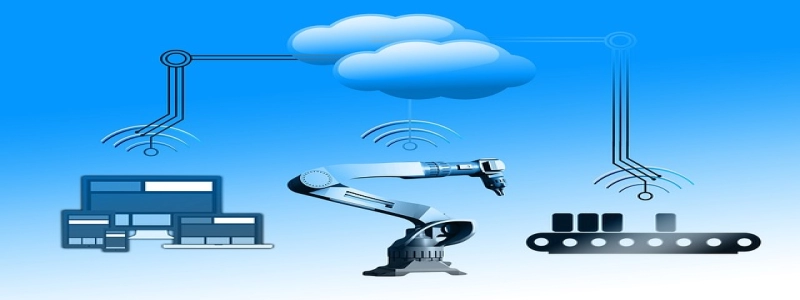Ethernet Network Service
I. Introduction to Ethernet Network Service
Ethernet Network Service is a type of networking technology that is widely used for connecting computers and devices within a local area network (LAN). It provides a reliable and efficient means of transmitting and receiving data packets over a network. In this article, we will explore the various aspects of Ethernet Network Service, including its history, components, and advantages.
II. History of Ethernet Network Service
Ethernet Network Service was first developed by Xerox Corporation in the 1970s. It was originally designed as a way to connect computers and printers in a local environment. Over time, Ethernet became a standardized technology and was adopted by other companies such as Intel and DEC. In the 1980s, the Institute of Electrical and Electronics Engineers (IEEE) developed the Ethernet standard, known as IEEE 802.3, which further solidified Ethernet’s position as a leading networking technology.
III. Components of Ethernet Network Service
Ethernet Network Service consists of several key components that work together to facilitate data transmission. These components include:
1. Ethernet Cables: Ethernet cables are used to physically connect devices to a network. They come in different categories, such as Cat5e, Cat6, and Cat8, each offering different speeds and capabilities.
2. Ethernet Switches: Ethernet switches are networking devices that allow multiple devices to connect to a network. They act as intermediaries, forwarding data packets between devices within the same network.
3. Network Interface Cards (NICs): Network Interface Cards, also known as Ethernet adapters, enable devices to connect to an Ethernet network. They are installed in devices such as computers, laptops, and servers.
IV. Advantages of Ethernet Network Service
Ethernet Network Service offers several advantages that make it a popular choice for network connectivity. These advantages include:
1. High Speeds: Ethernet networks can achieve speeds ranging from 10 Mbps to 100 Gbps, allowing for fast and efficient data transfer.
2. Scalability: Ethernet networks can be easily expanded and scaled up to accommodate a growing number of devices and users.
3. Reliability: Ethernet has built-in error detection and correction mechanisms, ensuring data integrity during transmission.
4. Compatibility: Ethernet is a widely adopted standard, making it compatible with a wide range of devices and operating systems.
V. Conclusion
Ethernet Network Service has revolutionized the way we communicate and connect within a local area network. Its history, components, and advantages make it an essential technology for businesses and individuals alike. With its high speeds, scalability, and reliability, Ethernet continues to be the go-to networking solution for local area networks.








